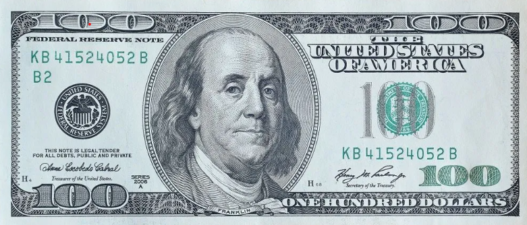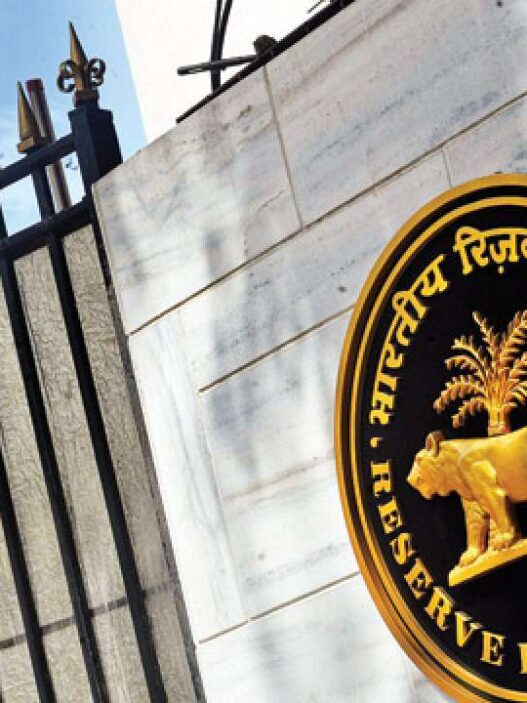Key Drivers Behind the Dollar’s Strength
The U.S. dollar strengthened recently due to two primary factors: strong U.S. job data and escalating conflict in the Middle East.
- Robust U.S. Job Data: The U.S. labor market outperformed expectations with more jobs added and wages rising. This reflects a strong and resilient economy, attracting more investors to the U.S. markets, thus increasing demand for the dollar.
- Middle East Conflict: Geopolitical tensions in the Middle East have spurred global uncertainty. During such times, investors often seek safer assets, and the U.S. dollar is considered one of the safest, leading to higher demand and a stronger dollar.

How Does This Affect Japan and Other Currencies?
- Yen Weakening: Japan’s yen has fallen to its weakest level in two months due to the strength of the U.S. economy and Japan’s outlook on maintaining low interest rates.
- Interest Rate Disparity: Lower interest rates in Japan, coupled with the potential for higher returns in the U.S., make the yen less attractive to investors compared to the U.S. dollar. This disparity in interest rates tends to weaken the yen and other global currencies against the dollar.
Will the Fed Stick to Small Cuts?
There are two critical aspects to monitor that could affect the strength of the U.S. dollar:
- Federal Reserve’s Interest Rate Decision: After the strong jobs report, markets expect the Federal Reserve to make only a small rate cut in November, which could maintain the dollar’s strength. Higher interest rates in the U.S. attract foreign investment, bolstering the dollar further.
- Middle East Tensions and Oil Prices: If the conflict in the Middle East escalates, oil prices could rise, leading to increased global inflation. This may force central banks, including the Fed, to reconsider their monetary policies and rate cut plans.
How the Strong Dollar Affects Your Everyday Life
Higher Costs for Imported Goods
- A stronger U.S. dollar means it takes more foreign currency to purchase U.S. goods. While this makes U.S. exports more expensive abroad, you may find that some imported products, like electronics or cars from Japan or Europe, could become cheaper domestically.
Impact on Prices and Inflation
- A strong dollar helps contain inflation, particularly for imported goods. However, rising oil prices due to Middle East tensions could drive up the cost of everyday essentials like gasoline and heating, increasing the overall cost of living.
Borrowing Costs and Spending
- Higher or stable interest rates mean borrowing becomes more expensive. If you’re planning to finance a home or car, you may face higher monthly payments, which can curb consumer spending and slow down larger purchases.
Investments and Savings
- A strong dollar can make U.S. investments more appealing to foreign investors, potentially lifting stock prices. If you hold stocks or mutual funds, this could benefit your portfolio. However, savings account interest rates might remain low, limiting the growth of your savings.
What’s the Big Deal for Finance and Investors?
- Impact on Borrowing: When interest rates stay high, borrowing costs for businesses and consumers rise, slowing down large-scale spending and investments. However, U.S. stocks and bonds become more attractive to foreign investors due to the higher returns.
- Export Challenges: A stronger dollar makes U.S. products more expensive for foreign buyers, which can hurt American exporters. On the flip side, U.S. consumers may benefit from cheaper imports, particularly electronics and cars from countries like Japan and Europe.
In conclusion, the recent strength of the U.S. dollar is influenced by a robust domestic economy and heightened global uncertainty, with effects rippling across global markets, consumer prices, and investment strategies.














